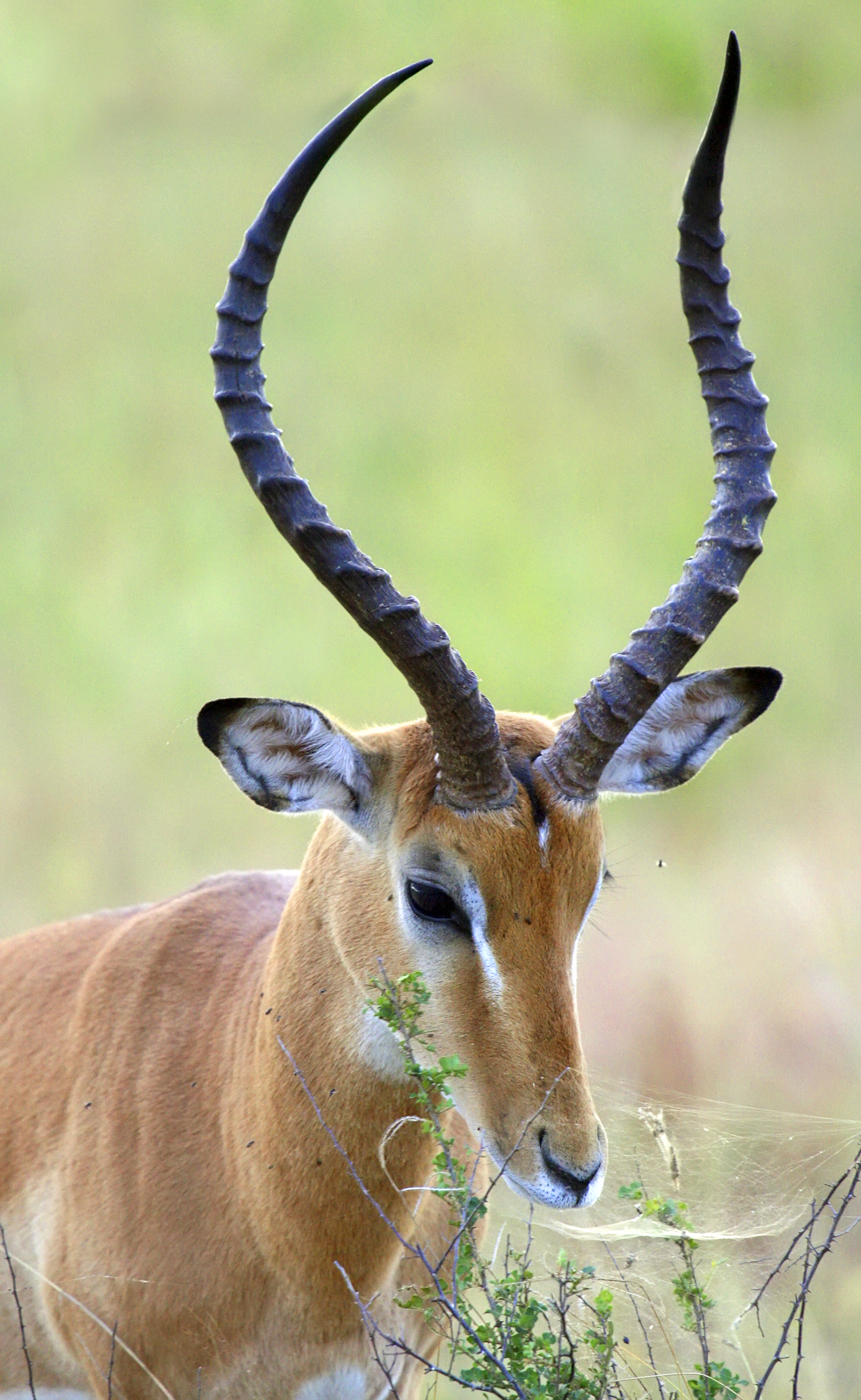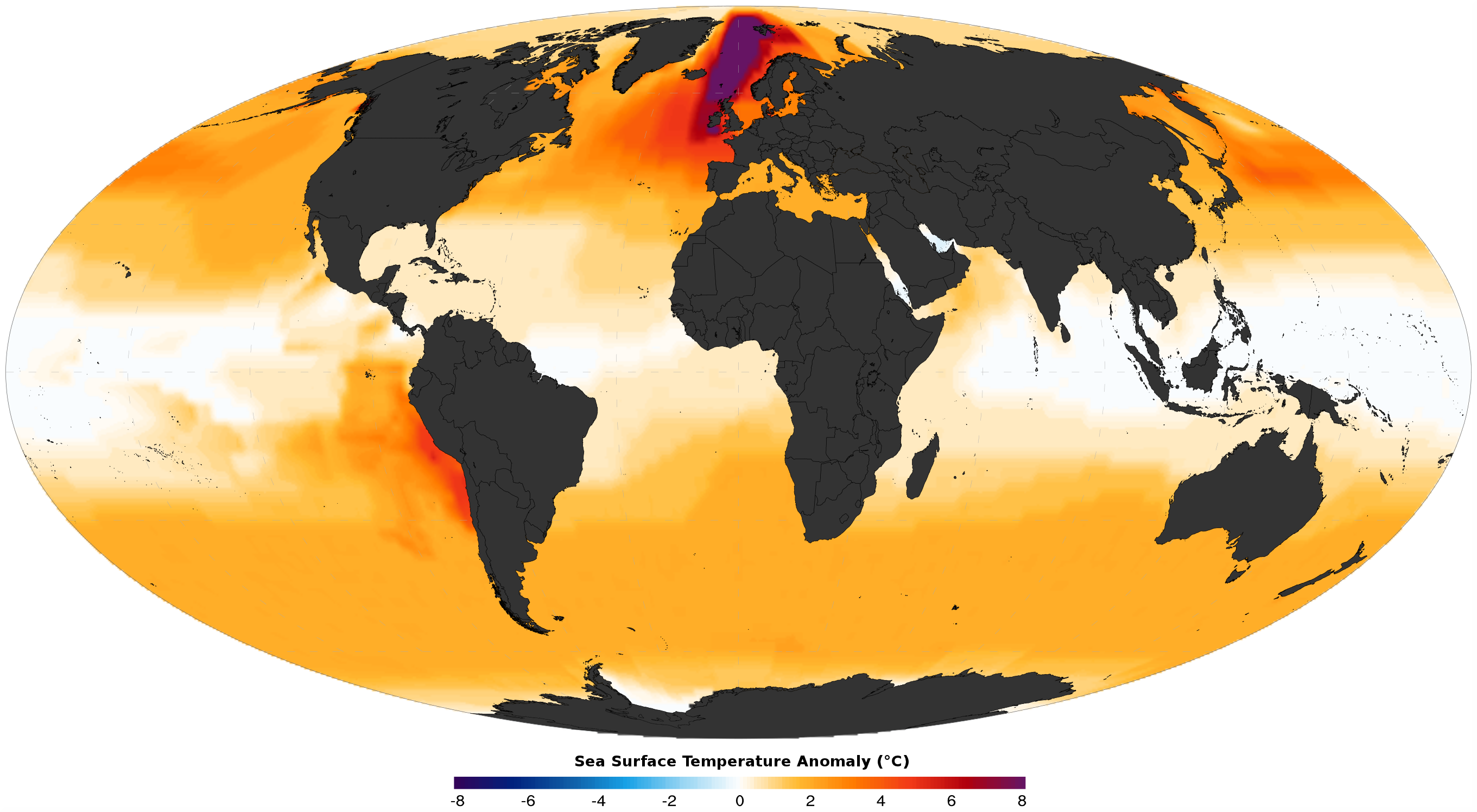|
Parmularius
''Parmularius'' is a genus of large extinct African alcelaphines from the Pliocene and Pleistocene. It is a close relative of topi and hartebeest The hartebeest (; ''Alcelaphus buselaphus''), also known as kongoni or kaama, is an African antelope. It is the only member of the genus ''Alcelaphus''. Eight subspecies have been described, including two sometimes considered to be indepen .... One species is noticeable by its long, weakly curved horns.Hopwood, 1934 : New fossil Mammals from Olduvai, Tanganyika Territory. ''Annals & Magazine of Natural History Series'', vol. 10, 14 p. 546-550. References Alcelaphinae Prehistoric bovids Pliocene even-toed ungulates Pleistocene even-toed ungulates Pleistocene genus extinctions Pliocene mammals of Africa Pleistocene mammals of Africa Prehistoric even-toed ungulate genera {{paleo-eventoedungulate-stub ... [...More Info...] [...Related Items...] OR: [Wikipedia] [Google] [Baidu] |
Alcelaphinae
The subfamily Alcelaphinae or tribe Alcelaphini of the family Bovidae contains wildebeest, hartebeest, bonteboks, and several similar species. Depending on the classification, there are 6–10 species placed in four genera, although ''Beatragus'' is sometimes considered a subgenus of ''Damaliscus'', and ''Sigmoceros'' for the Lichtenstein's hartebeest. Subfamily Alcelaphinae * Genus '' Beatragus'' ** Hirola, ''Beatragus hunteri'' * Genus '' Damaliscus'' ** Tsessebe, ''D. lunatus'' *** Korrigum, ''D. lunatus korrigum'' *** Topi, ''D. lunatus jimela'' *** Coastal topi, ''D. lunatus topi'' ** Bontebok, ''D. pygargus'' *** Bontebok (subspecies), ''D. p. pygargus'' *** Blesbok, ''D. p. phillipsi'' * Genus '' Alcelaphus'' ** Hartebeest, ''A. buselaphus'' *** Bubal hartebeest, †''A. b. buselaphus'' *** Coke's hartebeest, ''A. b. cokii'' *** Lelwel hartebeest, ''A. b. lelwel'' *** Western hartebeest, ''A. b. major'' *** Swayne's hartebeest, ''A. b. swaynei'' *** Tora ha ... [...More Info...] [...Related Items...] OR: [Wikipedia] [Google] [Baidu] |
Pliocene
The Pliocene ( ; also Pleiocene) is the epoch in the geologic time scale that extends from 5.333 million to 2.58See the 2014 version of the ICS geologic time scale million years ago. It is the second and most recent epoch of the Period in the Cenozoic Era. The Pliocene follows the Miocene Epoch and is followed by the Pleistocene Epoch. Prior to the 2009 revision of the geologic time scale, which placed the fou ... [...More Info...] [...Related Items...] OR: [Wikipedia] [Google] [Baidu] |
Pleistocene
The Pleistocene ( , often referred to as the '' Ice age'') is the geological epoch that lasted from about 2,580,000 to 11,700 years ago, spanning the Earth's most recent period of repeated glaciations. Before a change was finally confirmed in 2009 by the International Union of Geological Sciences, the cutoff of the Pleistocene and the preceding Pliocene was regarded as being 1.806 million years Before Present (BP). Publications from earlier years may use either definition of the period. The end of the Pleistocene corresponds with the end of the last glacial period and also with the end of the Paleolithic age used in archaeology. The name is a combination of Ancient Greek grc, label=none, πλεῖστος, pleīstos, most and grc, label=none, καινός, kainós (latinized as ), 'new'. At the end of the preceding Pliocene, the previously isolated North and South American continents were joined by the Isthmus of Panama, causing a faunal interchange between the t ... [...More Info...] [...Related Items...] OR: [Wikipedia] [Google] [Baidu] |
Genus
Genus ( plural genera ) is a taxonomic rank used in the biological classification of living and fossil organisms as well as viruses. In the hierarchy of biological classification, genus comes above species and below family. In binomial nomenclature, the genus name forms the first part of the binomial species name for each species within the genus. :E.g. '' Panthera leo'' (lion) and '' Panthera onca'' (jaguar) are two species within the genus ''Panthera''. ''Panthera'' is a genus within the family Felidae. The composition of a genus is determined by taxonomists. The standards for genus classification are not strictly codified, so different authorities often produce different classifications for genera. There are some general practices used, however, including the idea that a newly defined genus should fulfill these three criteria to be descriptively useful: # monophyly – all descendants of an ancestral taxon are grouped together (i.e. phylogenetic analysis should c ... [...More Info...] [...Related Items...] OR: [Wikipedia] [Google] [Baidu] |
Topi
''Damaliscus lunatus jimela'' is a subspecies of topi, and is usually just called a topi. It is a highly social and fast type of antelope found in the savannas, semi-deserts, and floodplains of sub-Saharan Africa. Names The word ''tope'' or ''topi'' is Swahili, and was first recorded in the 1880s by the German explorer Gustav Fischer to refer to the local topi population in the Lamu island region of Kenya; this population is now designated as '' Damaliscus lunatus topi''. Contemporaneously, in English, sportsmen referred to the animal as a Senegal hartebeest, as it was considered the same species as what is now recognised as ''D. lunatus korrigum''. Other names recorded in East Africa by various German explorers were in Kisukuma and in Kinyamwezi. The Luganda name was according to Neumann, or according to Lugard. By the turn of the 19th century this antelope was called a topi by most in English. Writing in 1908, Richard Lydekker complains that it would have so much ... [...More Info...] [...Related Items...] OR: [Wikipedia] [Google] [Baidu] |
Hartebeest
The hartebeest (; ''Alcelaphus buselaphus''), also known as kongoni or kaama, is an African antelope. It is the only member of the genus ''Alcelaphus''. Eight subspecies have been described, including two sometimes considered to be independent species. A large antelope, the hartebeest stands just over at the shoulder, and has a typical head-and-body length of . The weight ranges from . It has a particularly elongated forehead and oddly-shaped horns, a short neck, and pointed ears. Its legs, which often have black markings, are unusually long. The coat is generally short and shiny. Coat colour varies by the subspecies, from the sandy brown of the western hartebeest to the chocolate brown of the Swayne's hartebeest. Both sexes of all subspecies have horns, with those of females being more slender. Horns can reach lengths of . Apart from its long face, the large chest and the sharply sloping back differentiate the hartebeest from other antelopes. A conspicuous hump over t ... [...More Info...] [...Related Items...] OR: [Wikipedia] [Google] [Baidu] |
Horn (anatomy)
A horn is a permanent pointed projection on the head of various animals that consists of a covering of keratin and other proteins surrounding a core of live bone. Horns are distinct from antlers, which are not permanent. In mammals, true horns are found mainly among the ruminant artiodactyls, in the families Antilocapridae ( pronghorn) and Bovidae ( cattle, goats, antelope etc.). Cattle horns arise from subcutaneous connective tissue (under the scalp) and later fuse to the underlying frontal bone. One pair of horns is usual; however, two or more pairs occur in a few wild species and in some domesticated breeds of sheep. Polycerate (multi-horned) sheep breeds include the Hebridean, Icelandic, Jacob, Manx Loaghtan, and the Navajo-Churro. Horns usually have a curved or spiral shape, often with ridges or fluting. In many species, only males have horns. Horns start to grow soon after birth and continue to grow throughout the life of the animal (except in pronghorns, whic ... [...More Info...] [...Related Items...] OR: [Wikipedia] [Google] [Baidu] |
Prehistoric Bovids
Prehistory, also known as pre-literary history, is the period of human history between the use of the first stone tools by hominins 3.3 million years ago and the beginning of recorded history with the invention of writing systems. The use of symbols, marks, and images appears very early among humans, but the earliest known writing systems appeared 5000 years ago. It took thousands of years for writing systems to be widely adopted, with writing spreading to almost all cultures by the 19th century. The end of prehistory therefore came at very different times in different places, and the term is less often used in discussing societies where prehistory ended relatively recently. In the early Bronze Age, Sumer in Mesopotamia, the Indus Valley Civilisation, and ancient Egypt were the first civilizations to develop their own scripts and to keep historical records, with their neighbors following. Most other civilizations reached the end of prehistory during the following Iron Age. T ... [...More Info...] [...Related Items...] OR: [Wikipedia] [Google] [Baidu] |
Pliocene Even-toed Ungulates
The Pliocene ( ; also Pleiocene) is the epoch in the geologic time scale that extends from 5.333 million to 2.58See the 2014 version of the ICS geologic time scale million years ago. It is the second and most recent epoch of the Period in the Cenozoic Era. The Pliocene follows the Epoch and is followed by the Epoch. Prior to t ... [...More Info...] [...Related Items...] OR: [Wikipedia] [Google] [Baidu] |
Pleistocene Even-toed Ungulates
The Pleistocene ( , often referred to as the ''Ice age'') is the geological epoch that lasted from about 2,580,000 to 11,700 years ago, spanning the Earth's most recent period of repeated glaciations. Before a change was finally confirmed in 2009 by the International Union of Geological Sciences, the cutoff of the Pleistocene and the preceding Pliocene was regarded as being 1.806 million years Before Present (BP). Publications from earlier years may use either definition of the period. The end of the Pleistocene corresponds with the end of the last glacial period and also with the end of the Paleolithic age used in archaeology. The name is a combination of Ancient Greek grc, label=none, πλεῖστος, pleīstos, most and grc, label=none, καινός, kainós (latinized as ), 'new'. At the end of the preceding Pliocene, the previously isolated North and South American continents were joined by the Isthmus of Panama, causing a faunal interchange between the two reg ... [...More Info...] [...Related Items...] OR: [Wikipedia] [Google] [Baidu] |
Pliocene Mammals Of Africa
The Pliocene ( ; also Pleiocene) is the epoch in the geologic time scale that extends from 5.333 million to 2.58See the 2014 version of the ICS geologic time scale million years ago. It is the second and most recent epoch of the Neogene Period in the . The Pliocene follows the Epoch and is followed by the Epoch. Prior to the 2009 ... [...More Info...] [...Related Items...] OR: [Wikipedia] [Google] [Baidu] |




_calf_eating_composite.jpg)




